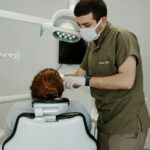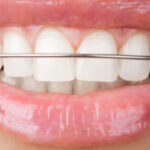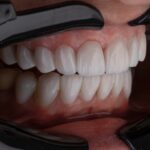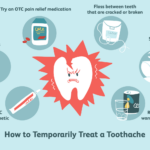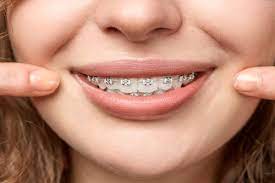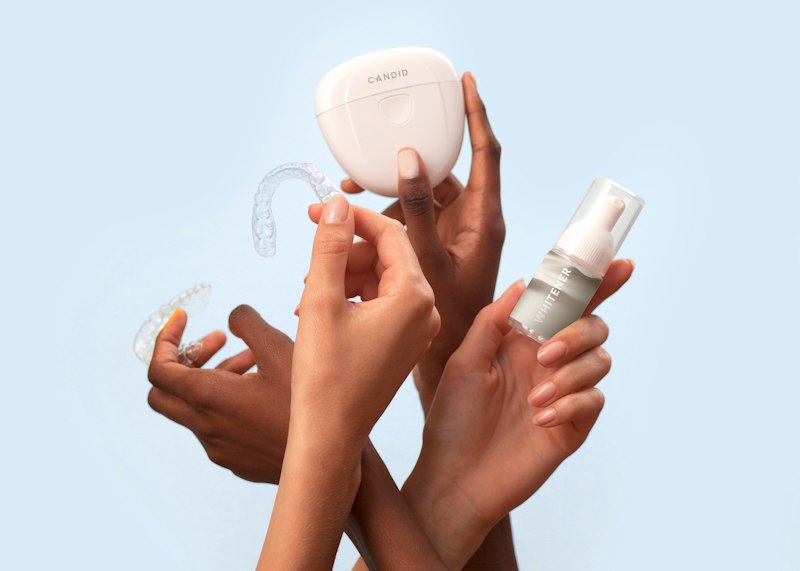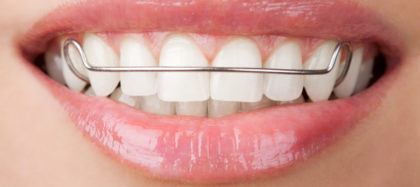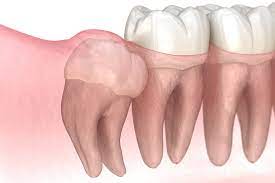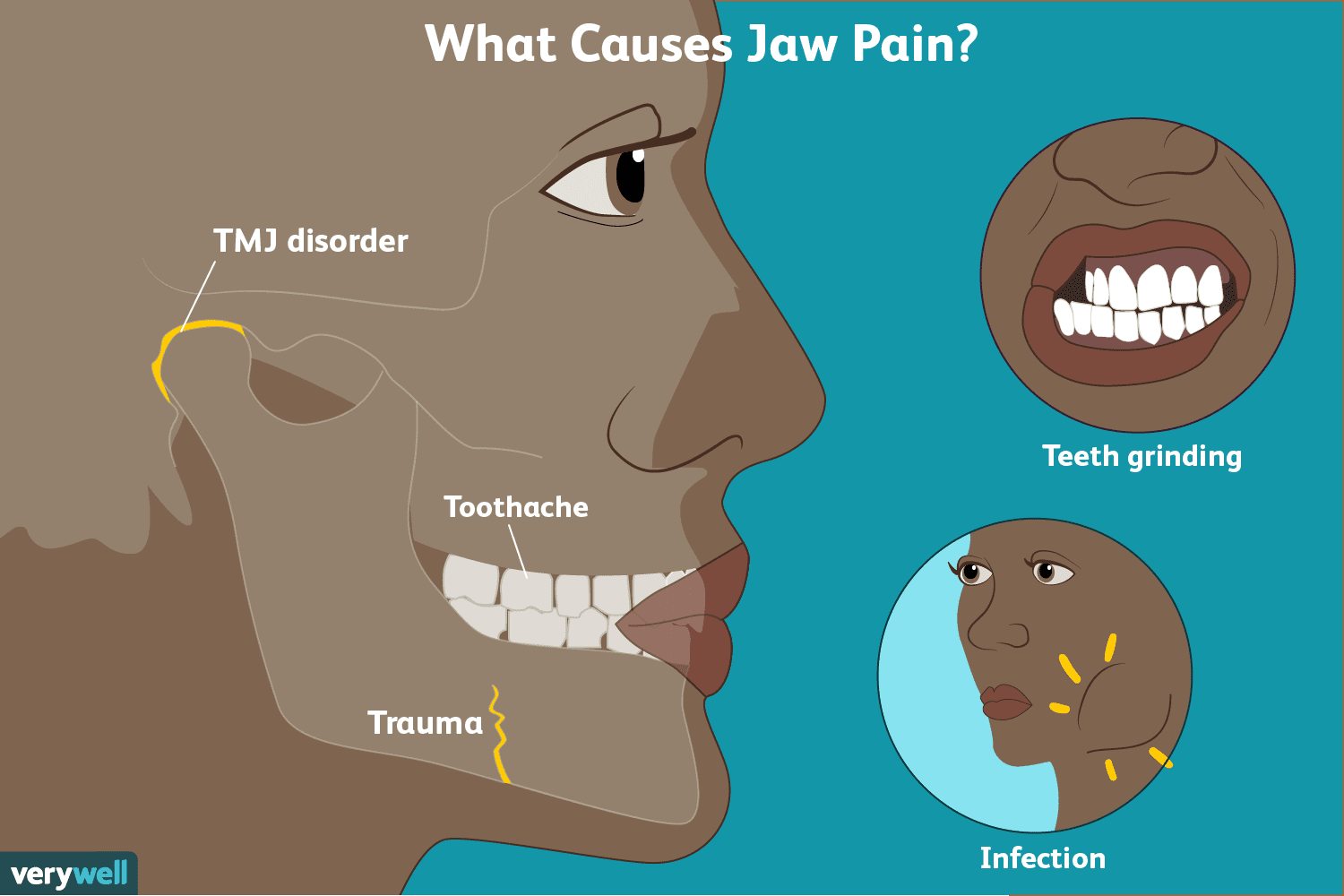How to Get Cheap Braces Removal
Many people suffer from crooked teeth, and they often need braces to get them straightened. However, the costs of braces can be prohibitive for some people.
The good news is that there are plenty of affordable options to choose from. These solutions can help you get the smile you want without spending a fortune.
1. Insurance
If you have dental insurance, it may be possible to use your coverage to pay for cheap braces removal. However, keep in mind that your insurance plan will likely have limitations on how much you can claim or how long you must wait for coverage to begin.
The cost of braces can vary widely, depending on the treatment you need, how much time it takes and where you live. In general, you can expect to spend anywhere from $3,000 to $10,000.
There are several ways that you can save money on your dental care, including discount plans and paying with cash. Another option is to ask your dentist about a payment plan.
This can help you spread the cost over a longer period of time without incurring interest. You can also try financing your braces through a personal loan or credit card. But these options will typically come with a higher interest rate than other methods of payment.
2. Smile Change Lives
The Smile Change Lives program has a unique model where families who cannot afford the full cost of braces secure treatment for their children by connecting them with caring orthodontic providers willing to donate their services. This helps children with low-income families get the care they need for improved oral health, increased self-esteem and overall wellness.
Founded in 1997, SCL has treated more than 7,000 children and emerged as North America’s leading nonprofit organization in ensuring access to life-changing orthodontic care for qualified youth.
Smile Change Lives connects deserving kids with participating orthodontists across the country. These orthodontists must commit to abide by the program’s rules and contribute a set amount of funds to SCL before they can accept any patients.
The program has helped kids like Lily, a young girl from Michigan, who received free braces thanks to SCL. She is now creating a school club that encourages acceptance among people of all backgrounds.
3. Self-Financing
Getting your hands on a pair of braces is a big investment. However, there are a few ways to make it a bit easier on the wallet.
The best way to start is by talking to your orthodontist about possible financial assistance options. They may be able to offer discounts on the treatment or even provide a payment plan.
You could also try financing your braces with regular credit finance, but you should be aware of the associated high interest rates and other fees.
Using your flexible spending account (FSA) or health savings account (HSA) to pay for cheap braces removal may be the most effective use of your tax-free dollars. Not only will it save you from a hefty deductible, it can also help you avoid the tax man’s wrath on your next bill. Be sure to read the fine print and be careful not to exceed your account’s limits. Alternatively, consider taking advantage of Medicaid, a federally-funded program designed to provide healthcare to low-income individuals and families.
4. Retainers
Retainers are important for maintaining the results of your orthodontic treatment. Teeth will naturally begin to shift back to their original positions after braces are removed, and retainers help to prevent this from occurring.
They can come in fixed form, where they are bonded to the front of your teeth or totally removable, like Invisalign clear aligners. They are made by taking impressions of your teeth and forming them out of either plastic or wire.
During the time that you are wearing your retainers, it is important to make sure you are using them correctly. Your Orthodontist will recommend the most effective way to wear your retainer and how often you should be using it.
Retainers should be cleaned thoroughly with warm water and soap before and after you use them. They should also be stored in a proper retainer case when they are not in your mouth. Bacteria can grow and cause damage to your retainer if it is not maintained.
